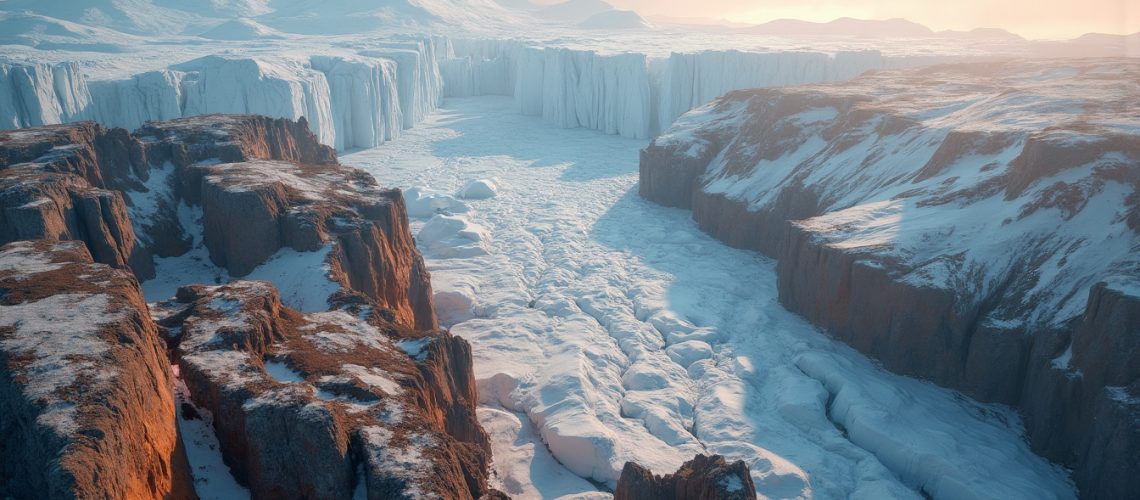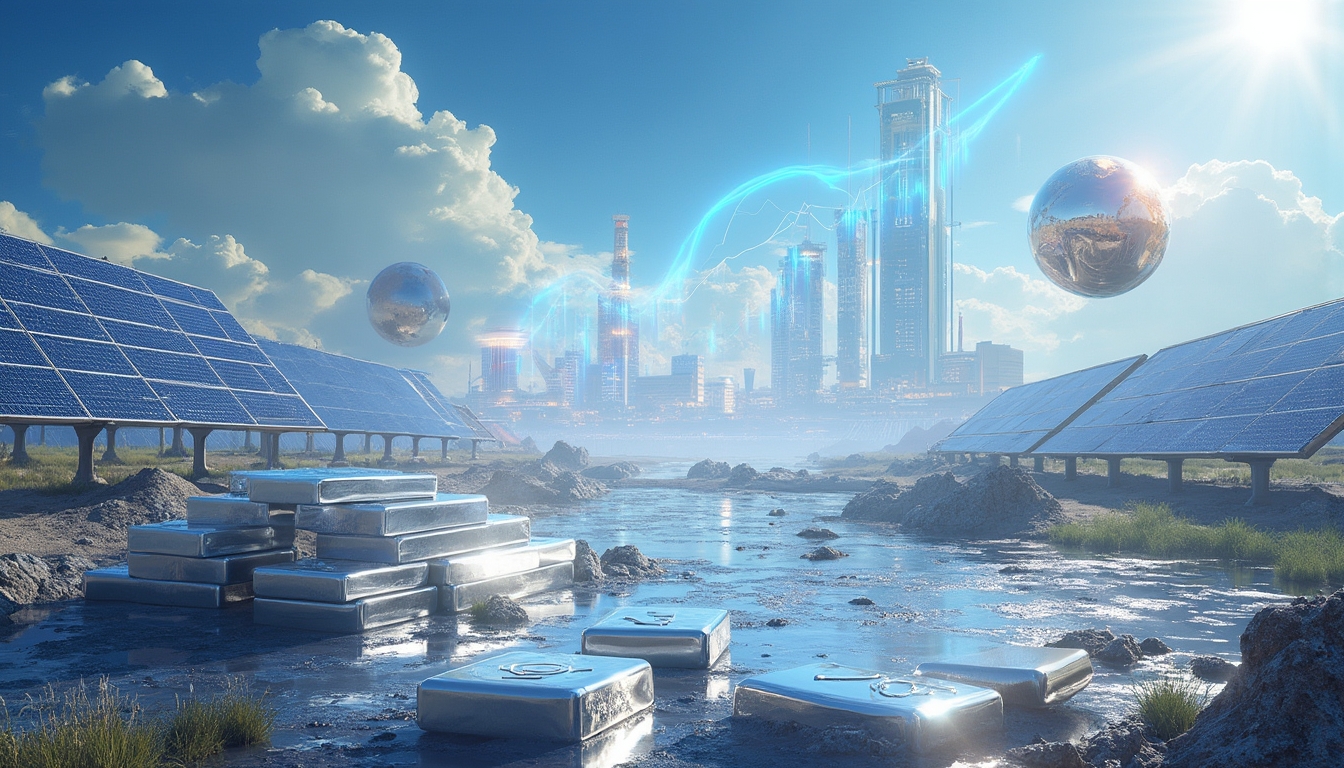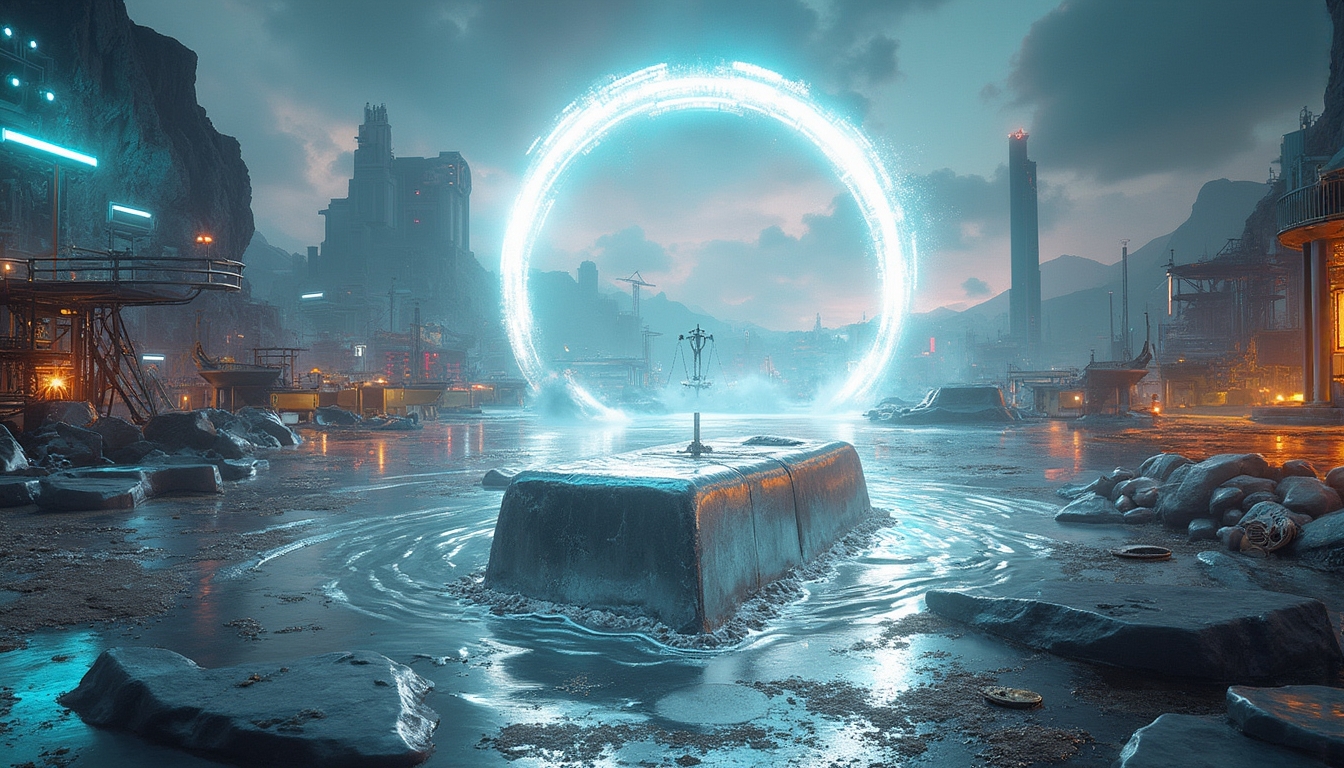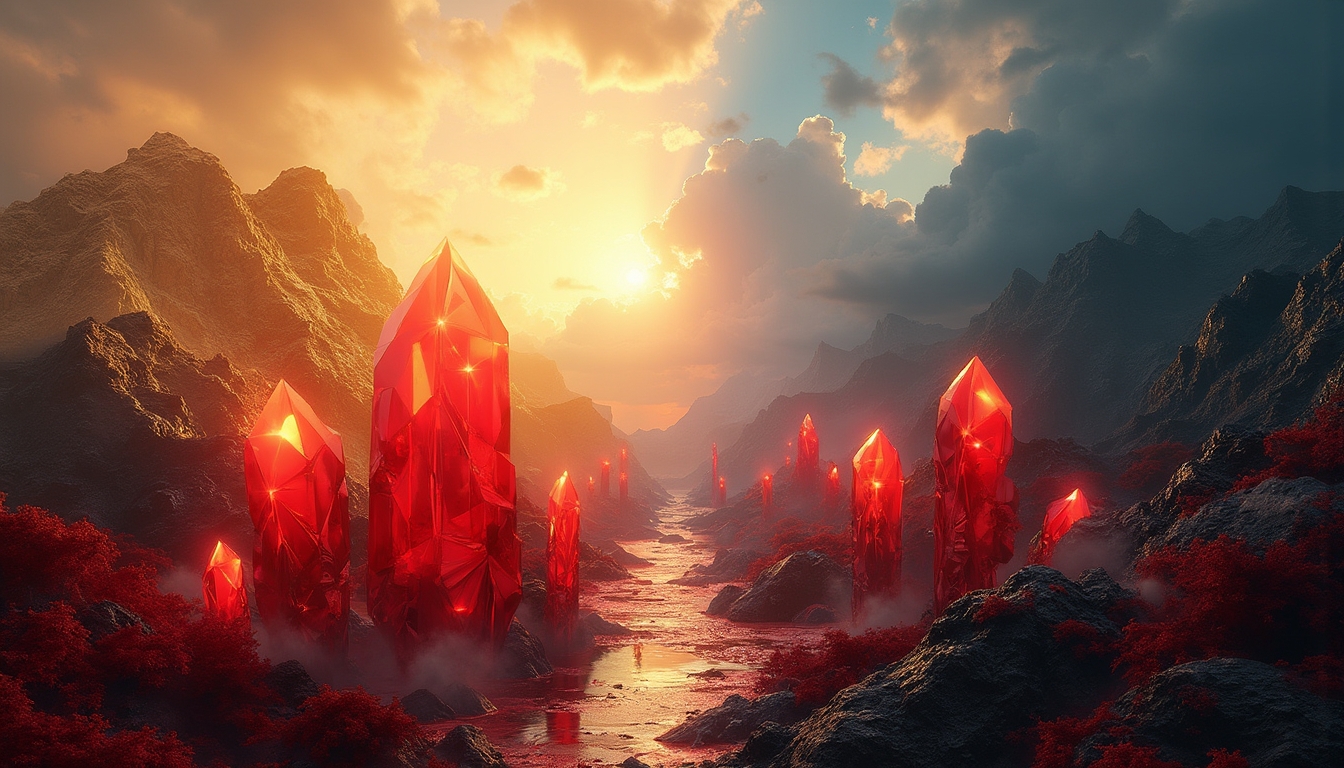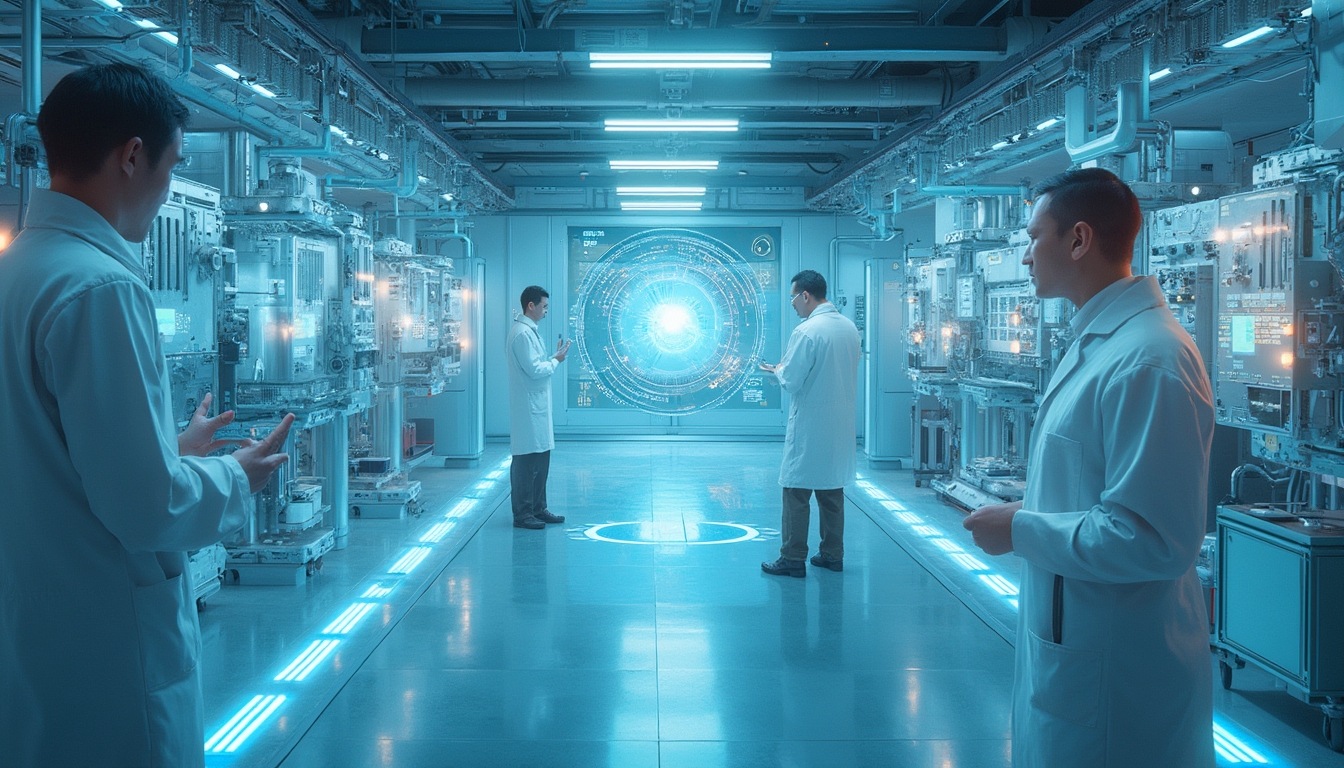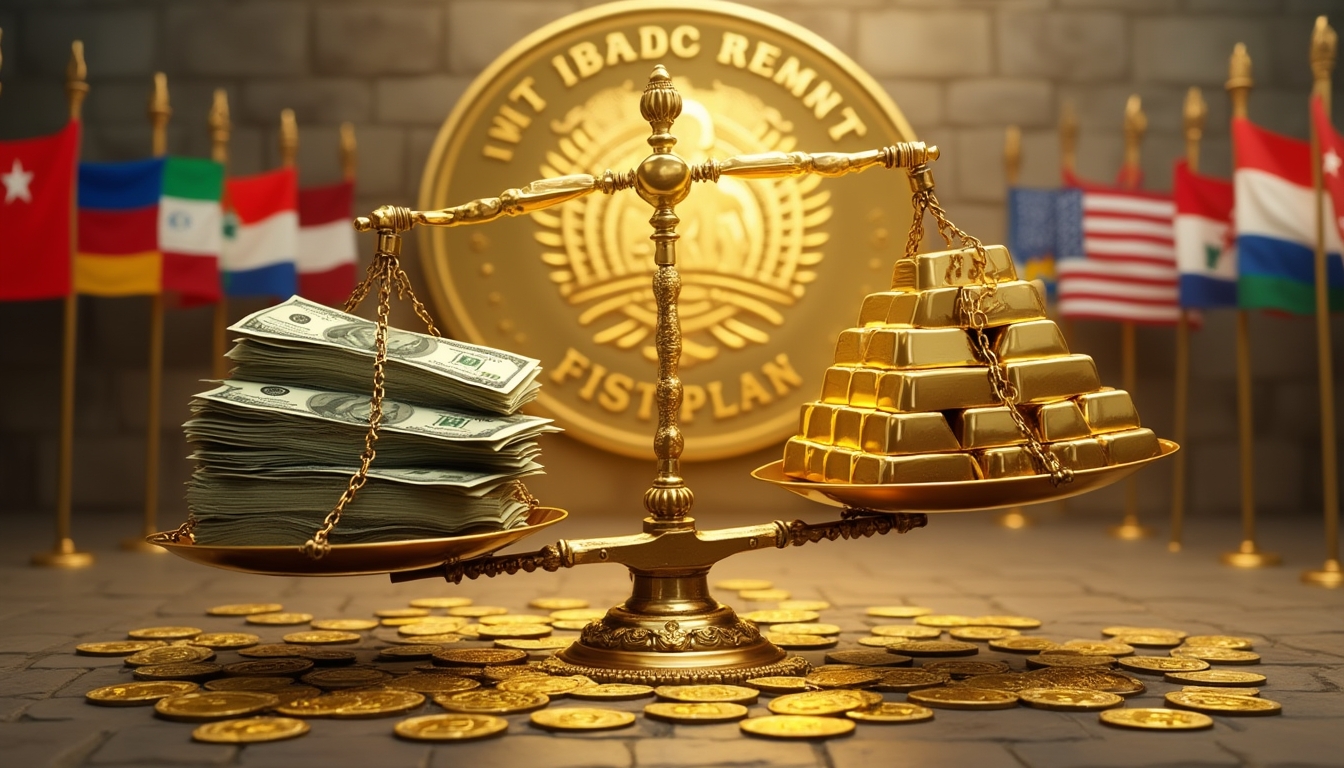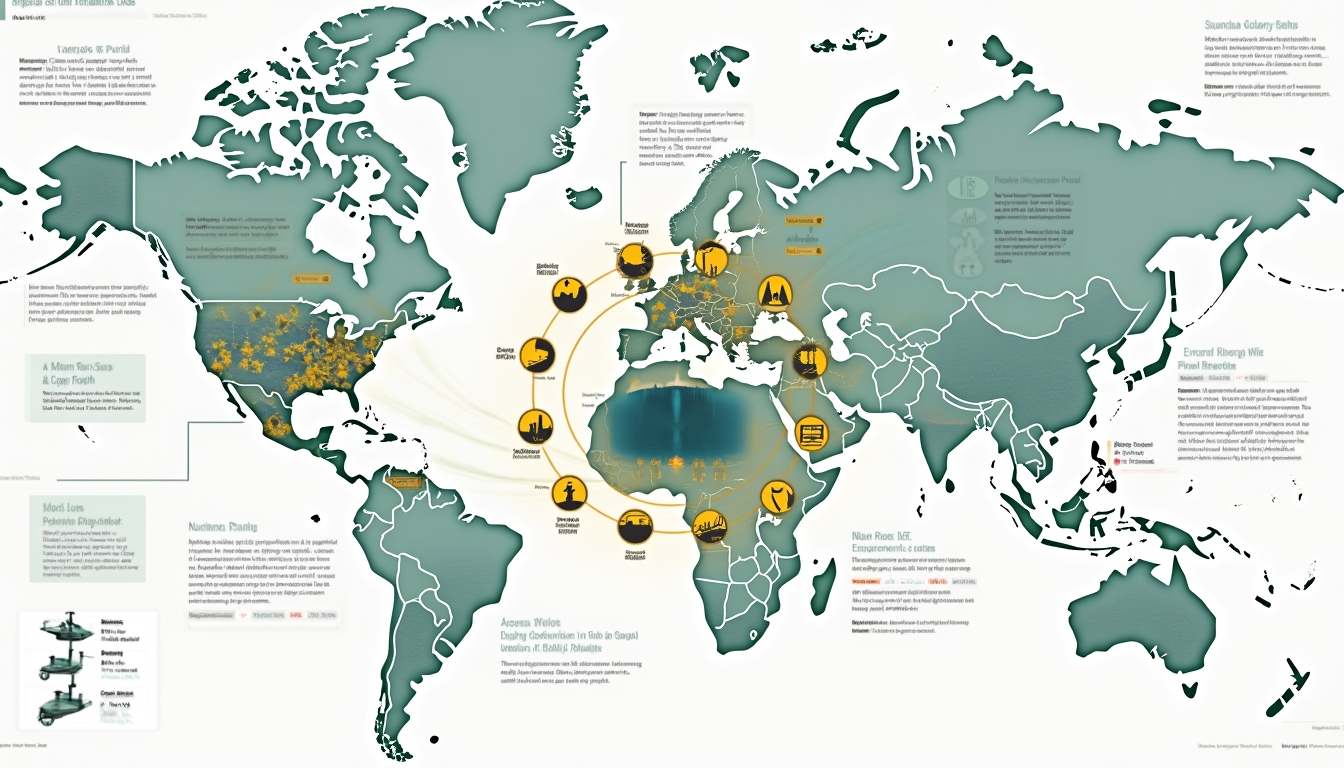Greenland mineral resources and exploration challenges have captured global attention as one of the planet’s most complex yet promising frontiers. The Arctic landmass has a 500-million-year geological history, providing abundant clues to its vast mineral potential. Recent advancements have accelerated the pace of discovery in this remote region.
Greenland’s remarkable geology is more than just ancient rock. Researchers have uncovered the potential for various rare minerals, drawing comparisons with greenland’s malmbjerg project. These discoveries reiterate the importance of recognising the intricacies of Greenland mineral resources and exploration challenges.
What Makes Greenland a Geological Treasure Trove?
The island’s rocky terrain and diverse sedimentary layers reveal millions of years of planetary evolution. Precambrian basement rocks, more than 3.8 billion years old, sit alongside younger sediment beds. Such diversity offers a wealth of insights into tectonic events and continental formation.
Only 20% of Greenland is free of ice.
These ice-free zones expose distinct rock formations and hint at monumental mineral potential. Geologists refer to Greenland as a “geological time capsule” capturing the wonders of Earth’s past.
Through cutting-edge methodologies, including radiometric surveys, scientists obtain high-resolution images of sub-ice structures. This technology has transformed traditional mapping techniques into a powerful tool for modern exploration.
How Extensive Are Greenland’s Mineral Resources?
Increasing demand means critical minerals will soon underpin green technology advancements. Forecasts suggest that global mineral demand could quadruple by 2040. Greenland’s vast deposits of rare earth elements are expected to fuel this shift.
Experts like Simon Jowitt caution that transforming geological promise into viable projects is challenging. Only one in a hundred exploration sites turns into an active mine. Such a stat emphasises the inherent risks detailed in Greenland mineral resources and exploration challenges.
The kvanefjeld project demonstrates remarkable potential as one of the world’s largest rare earth deposits. Despite its promise, regulatory hurdles and uranium content issues complicate its progression.
Historical Exploration Efforts
Post-World War II mapping laid the groundwork for understanding Greenland’s mineral landscape. Over 50 years of rigorous survey work have produced 55 detailed geological maps, each unveiling aspects of the island’s hidden wealth.
Historical mines, such as the Ivittuut cryolite site, underscore the long-standing relevance of Greenland’s geology. Operational from 1854 to 1987, this mine once powered aluminium production during wartime. Its legacy is testament to the island’s rich resources and unique challenges.
Challenges Preventing Large-Scale Mining
Greenland mineral resources and exploration challenges are compounded by geographic and infrastructural obstacles. Projects often require a decade or more to transition from discovery to operational mine. Remote and icy landscapes necessitate costly transportation methods, including helicopters and barges.
Environmental impact amplifies these issues. Legacy mining sites have left a toxic footprint that sometimes endures over half a century. Stringent regulations and community concerns further slow progress, highlighting the need for sustainable practices in the region.
Local experts emphasise that addressing critical mineral shortages must balance economic potential with long-term ecological safety.
Climate Change: A Double-Edged Sword
Climate change is reshaping the Arctic by melting ice and revealing previously hidden geological zones. The ice sheet disintegrates at an alarming rate—the loss approximates 30 million tonnes per hour. This melt offers a glimpse into new exploration possibilities while also demanding urgent environmental action.
As sea ice retreats by 13% per decade, emerging maritime routes facilitate increased access to Greenland’s interior. Yet, the same changes introduce novel logistical challenges and environmental risks that complicate extraction practices.
Geopolitical and Economic Implications
The allure of Greenland mineral resources extends far beyond local interests. Geopolitical stakes appear high, with past attempts to purchase or control the region underscoring its international value. Acts like the 2009 Self-Government Act empower local decision-making over resource exploitation.
Major global players continuously eye Greenland’s potential. For instance, rising interest from China and the European Union further illustrates the multifaceted challenges inherent in Greenland mineral resources and exploration challenges. Political manoeuvres, international treaties, and investment flows all intertwine to shape the region’s future.
The international media recognises these dynamics, with analysis from outlets such as mining greenland challenge providing independent perspectives on the strategic significance of the region.
Environmental and Cultural Concerns
The local population, whose traditions remain intertwined with the land, is deeply affected by mining initiatives. Roughly 70% of Greenlanders depend on subsistence hunting and fishing. Therefore, any mineral extraction activity can dramatically alter local ecosystems and lifestyles.
Innovative solutions are in development to address these concerns. Community co-ownership models and bioremediation techniques using cold-adapted bacteria offer practical approaches for restoring contaminated zones. Such efforts aim to reduce the adverse impacts of legacy mining while promoting sustainable development.
Environmental strategies play a crucial role in ensuring that exploration does not compromise local heritage. Informed decision-making must incorporate both scientific data and cultural insights.
Economic Impact and Investment Trends
Investment in Greenland’s geology has gained momentum. Investors are attracted to potential high returns from rare earth elements and other critical minerals. Forecast reports even suggest the surge in investment could spark a new era of exploration.
Key aspects include:
- Advancements in hydrometallurgical processing
- Government incentives and regulatory reforms
- Growing global demand for clean energy components
These factors point towards a dynamic future. Notably, analysis in global rare earth reserves underscores the strategic ambitions behind investing in Greenland mineral resources and exploration challenges.
Investors and policymakers alike turn their attention to Greenland as both a challenge and an opportunity. The region’s economic prospects are balanced delicately against the risks posed by its remoteness and environmental concerns.
Future Prospects and Conclusion
The future of Greenland’s minerals depends on striking a balance between economic ambition and environmental stewardship. As global energy demands grow, so does interest in rare earth elements and other critical deposits.
To unlock the full potential of Greenland’s geology, combinations of new technology and adaptive policies are essential. Innovative research and sustainable extraction methods are paving the way for development that respects both the land and its people.
In summary, addressing Greenland mineral resources and exploration challenges requires a multi-faceted approach. These include:
- Investment in advanced exploration techniques.
- Commitment to sustainable environmental practices.
- Inclusive local community engagement.
- Navigating geopolitical and regulatory complexities.
Projects like those undertaken at the kvanefjeld project showcase progress despite daunting odds. Similarly, comprehensive reviews from sources like greenland mineral outlook continue to inform global investors.
By confronting these challenges head-on, stakeholders can transform historical potential into a sustainable economic engine, ensuring that Greenland’s minerals drive future innovations. The exploration journey continues to evolve amid shifting climates, technological advances, and determined local communities—all contributing to a renewed vision for Greenland’s future.
Ready to Uncover Hidden Mineral Opportunities?
Discovery Alert’s proprietary Discovery IQ model delivers real-time insights into significant mineral discoveries, transforming complex geological data into actionable investment strategies. Begin your 30-day free trial today and position yourself at the forefront of emerging exploration opportunities.
